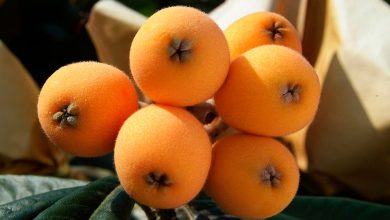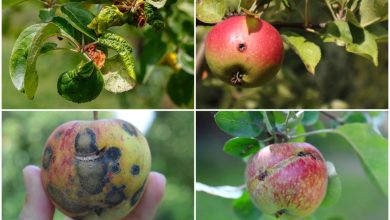Types and Varieties of Blueberries
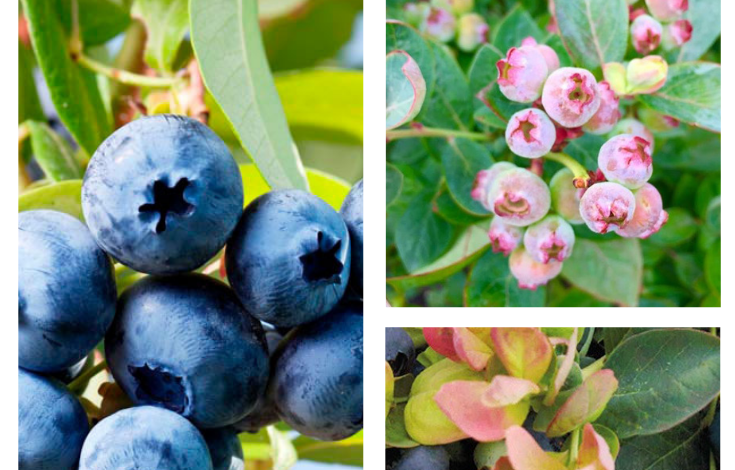
What will you find in this article?
We have made an analysis of the most famous and common types and varieties of blueberries in the world. We also put a small description, its characteristics and where you can find each of them.
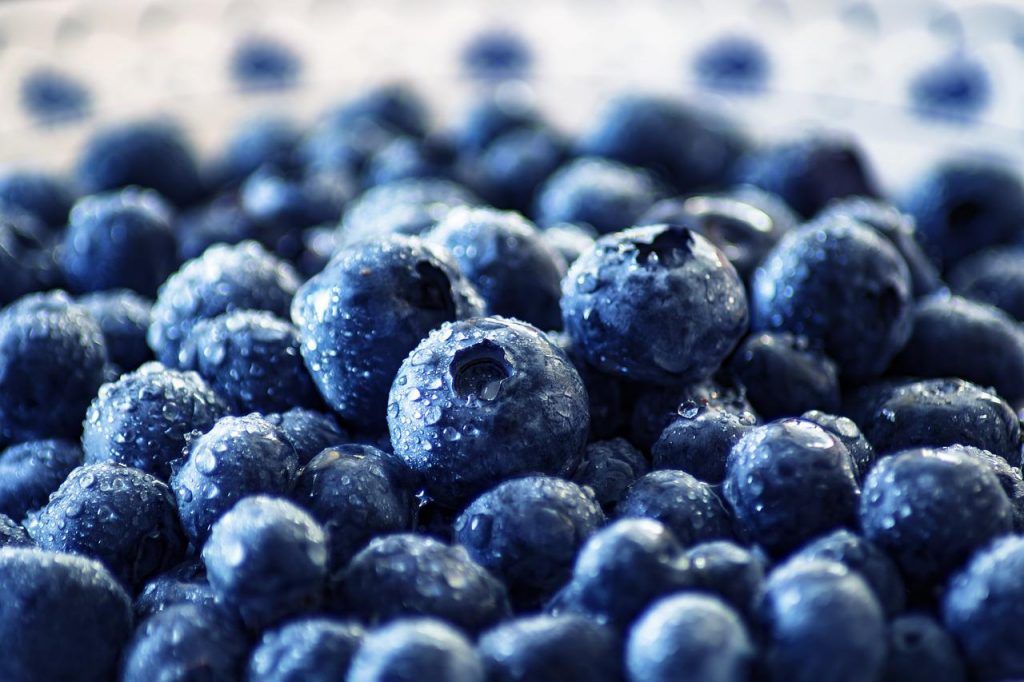
T he blueberry is a plant of the Ericaceae family and the Vaccinium genus that remains in a vegetative state in winter and begins its life cycle again in spring, but in tropical areas where the climate does not vary, production can be keep going.
Its fruit is red, blue and black, the red ones have a sour flavor that must be processed for consumption and the others have a sweet flavor that can be consumed naturally.
The main industries of this fruit are in Canada and the United States, but its consumption has spread throughout the world.
In Spain, the main growing areas are in Asturias, Galicia and the Basque Country, when temperatures are between 25 and 30 degrees Celsius, as the plant is not viable at higher temperatures.
The Spanish production is about 15 tons per hectare during the year, in a work done by hand that is offset by profitability, since the price of the product is high.
Types and/or varieties of blueberries
There are wild and cultivated blueberries.
wild blueberries
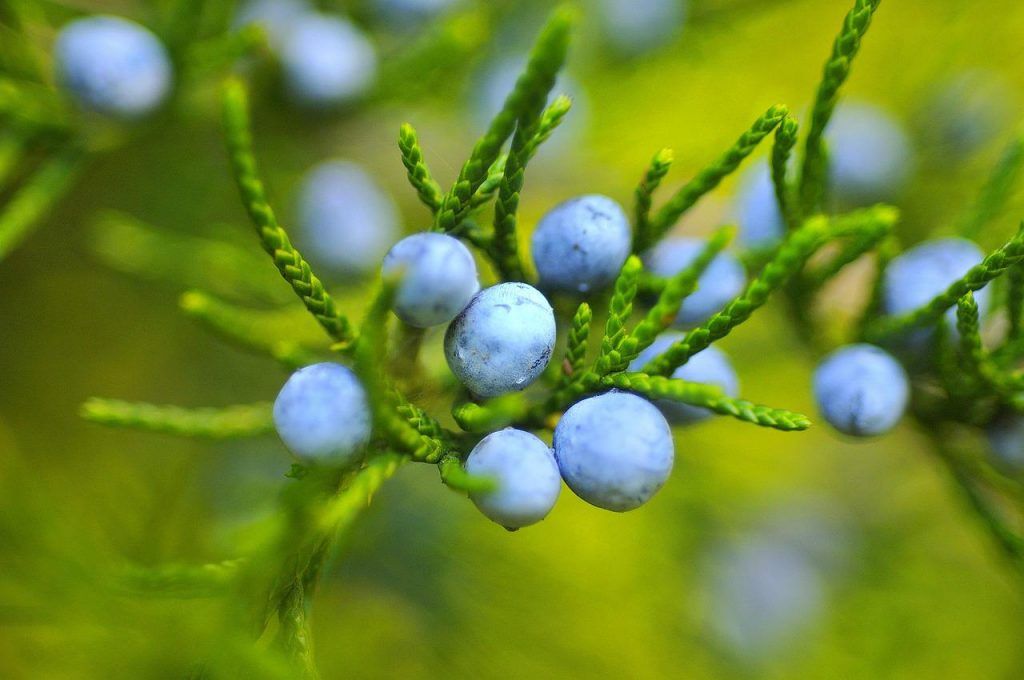
The first, of the Vaccinium genus, have been cultivated for thousands of years and have been an integral part of the diet of indigenous communities in North America, Europe and northern Asia.
Naturally, the blueberry is native to cold regions, in habitats such as coniferous forests, mountain undergrowth, and peat bogs.
cultivated varieties
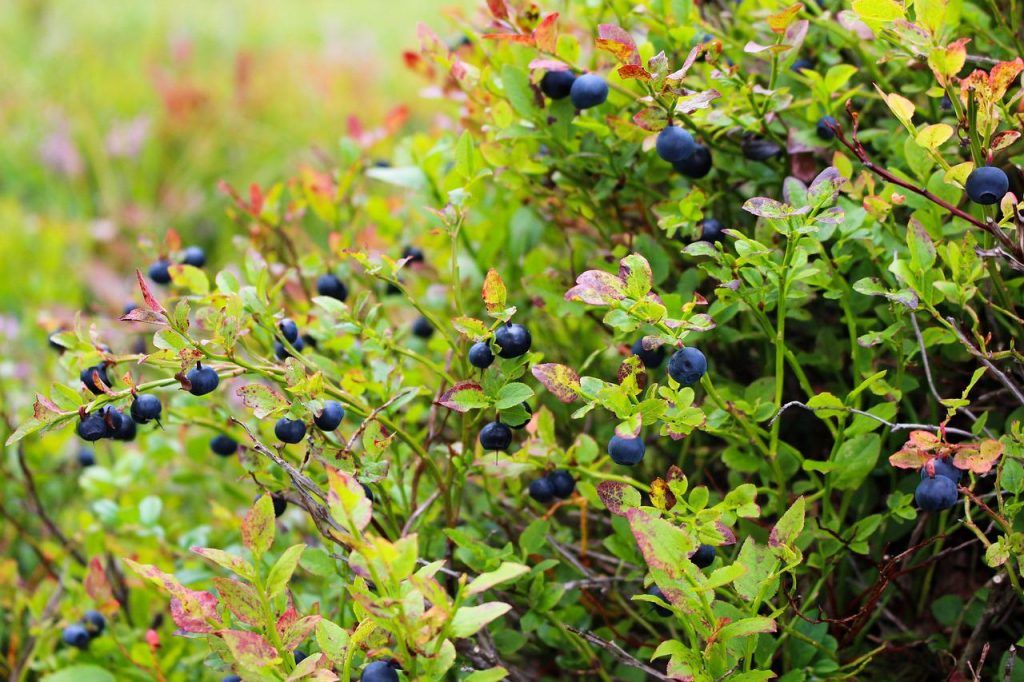
In the current commercial scenario, the blueberry is one of the domesticated fruit trees of great varieties produced by crossing several species of the Vaccinium genus, which have managed to adapt very well to different environmental conditions.
In fact, the first crossing was made in 1908 by Frederick Coville, followed by initiatives that emerged within several universities in the United States and offices of the American Department of Agriculture, or USDA, in order to improve their productivity and crop quality.
Likewise, it has been possible to substantially improve the firmness and size of the fruit over time. Likewise, it was possible to reduce the harvest time, it has greater vigor and resistance to pests and bugs, as well as to diseases.
To date, the cultivation of this plant has spread to Japan, China, New Zealand and Latin American countries such as Mexico, Chile and Argentina.
However, in the line of cultivated blueberries there are different classifications. Let’s take a look at the following:
- There are high bush blueberries, where the so-called North and South are found.
- Northern blueberries are larger than the common one, as they exceed a meter in height and require a greater number of cold hours to flower (700 to 1,000 hours) and a temperature below 7ºC in winter.
- These conditions guarantee a fruit of optimum quality. It bears fruit from the end of May to the end of July each year.
- Included in this variety are the Duke, Draper, Blue Ribbon, Blue Crop, Liberty, Blue Gold, Top Shelf, Aurora, Last Call.
- The High Shrub blueberries from the South and Ojo de Conejo, need more cold than the previous ones from the North, although some require about 500 hours, others 200 hours and there are types that hardly need cold to flower.
- They are perfect in rather warm climates and in tropical and subtropical regions.
- They also adapt to greenhouse environments. In Spain, they are preferably grown in Huelva and other regions of Andalusia, but they also grow very well in Portugal and Morocco, the southern United States, Mexico, Peru, Chile and part of Central America.
- Irrigation and fertilization require certain special conditions, as well as pruning, a little different from that carried out on the blueberries of the North.
- The main varieties of this classification are: New Hanover, Alixblue, Gupton, Ozarkblue®, Star (the most cultivated in Huelva) and Colibrí.
We will describe them later.
It should be noted that the plant is of two main types: the large cranberry and the blue or black cranberry, each with its own characteristics.
Lingonberry (Vaccinium macrocarpon)
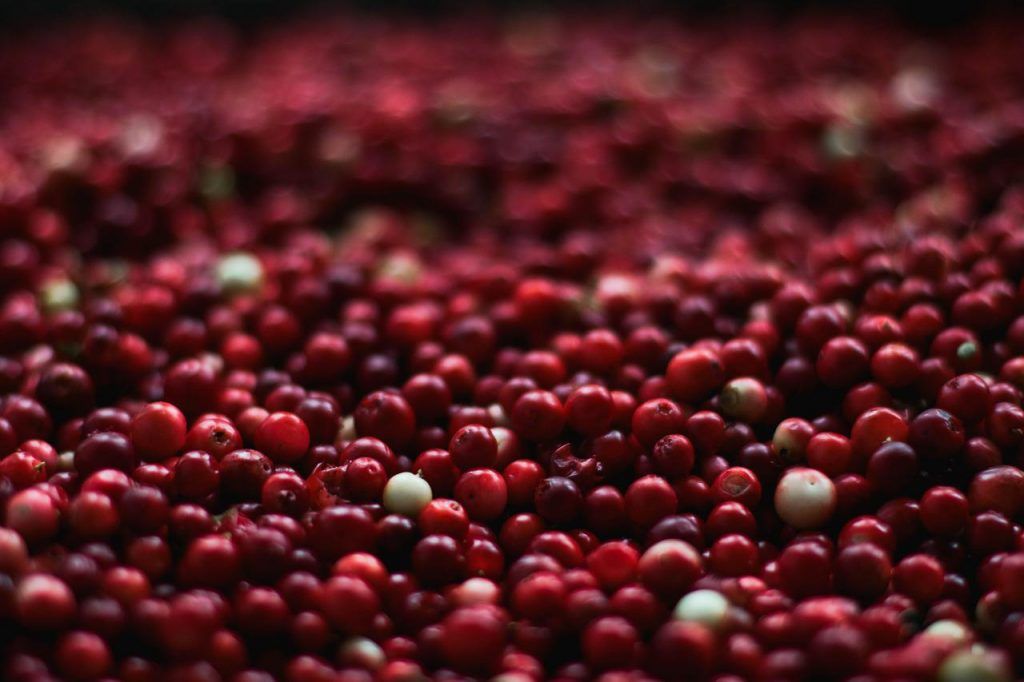
It is an acid fruit that is produced especially in Canada and the United States where it is known as «cranberry» and is sold in supermarkets after being subjected to a process to sweeten it.
It is shaped like a berry whose color turns red as it ripens, because it is originally white. Due to the process to which it is subjected, we do not find it in its natural form, but rather treated for consumption in dried, sweetened and sweetened cranberries, in juices or in preserves.
In this sense, both dry and fresh, they are used in the pastry industry for the preparation of sauces, juices and jams of excellent flavor and quality, which is why it is a highly sought-after fruit in the market.
The lingonberry has medicinal properties that improve the health of people who suffer from allergies or respiratory problems. It is a fruit rich in vitamin C and antioxidants, so it is recommended as a bactericide for those with digestive problems and urinary conditions, and capsules and pills are made from it for therapeutic use.
Black cranberry or blue blueberry
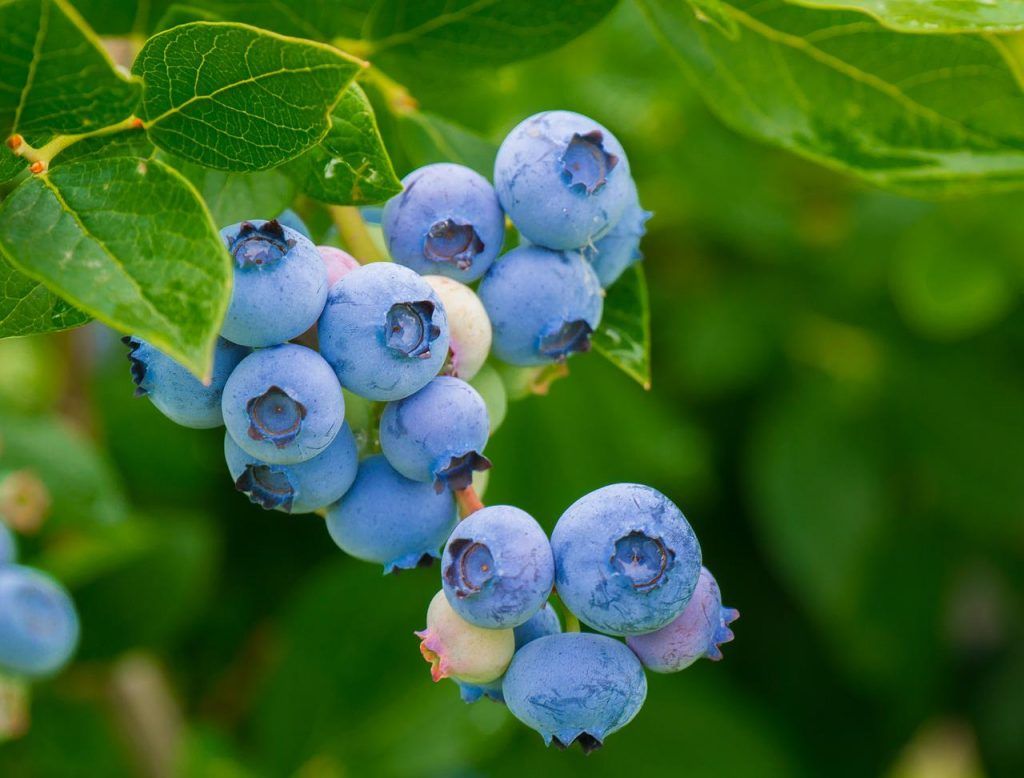
It is also from the Vaccinium genus and its main origin is also from Canada and the United States where the world’s largest production is, but this type of blueberry has spread throughout much of the world, and in Spain it is produced in great proportion in Asturias.
This fruit has also found its way, among other countries, in Argentina, Mexico, Japan, China and New Zealand, where an important blue or black blueberry industry has been developed, used for weight loss diets, due to its low content. in calories.
One of its main characteristics is its medicinal properties to control the level of sugar, and anti-inflammatory and disinfectant, which are used to treat oral infections.
The differences between cranberries and blueberries, in addition to color, are noted in the flavor, in the shape of the skin and in the size of the fruit.
Thus, we have that the lingonberry is larger, but the blue one is sweeter so it can be eaten naturally, while the red one is acid so, as we indicated, it is only consumable after being processed, and, finally, the skin of the lingonberry is smooth and that of the blue one is more waxy.
But, in general terms, blueberries or eyes, blueberries have a series of qualities that we can take advantage of, thanks to their properties and the benefits they produce in people.
Blueberry varieties are also classified according to their ripening time:
- Early varieties harvested in late spring, such as Duke or Legacy.
- Mid-season, early summer varieties such as Liberty and Bluecrop.
- Late and very late varieties, such as Aurora and Elliot.
liberty blueberry

Slightly flat sky-blue fruit, good flavor, somewhat late and fast growing.
Native to Oregon and Washington. It is a good performing upright shrub. High temperatures during harvest produce soft fruit.
It is one of the varieties with the highest productivity in Chile and Peru.
A good use of the machinery will give important results, because the Liberty is a fruit that comes off easily.
Blueberry Legacy
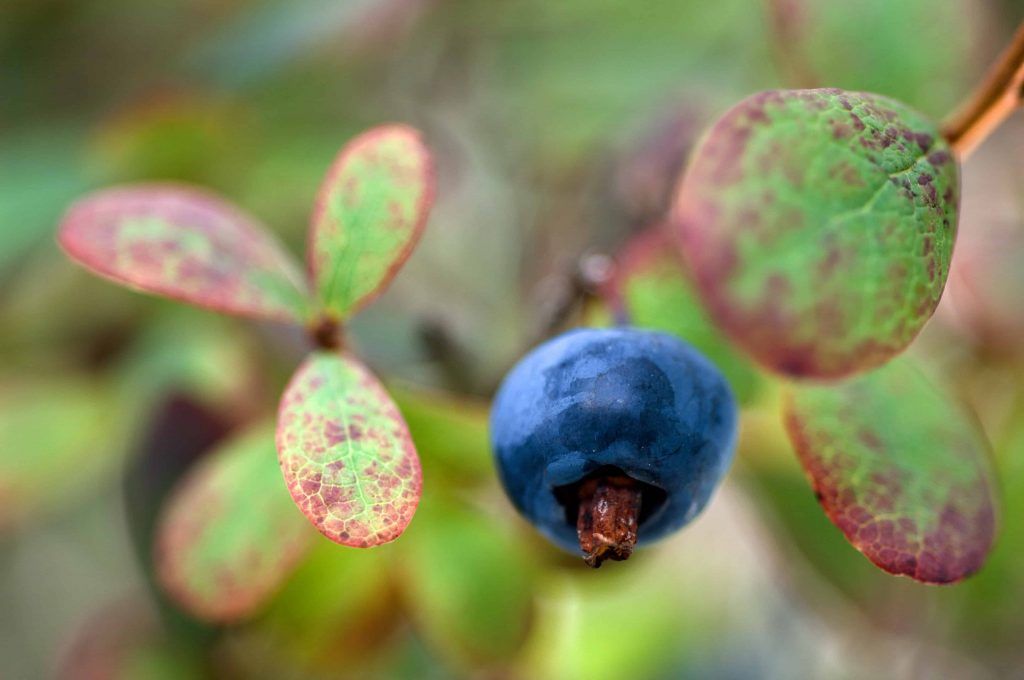
High yielding variety.
In the first years it is slow growing, but once the plant is stabilized the results will be amazing because it is a highly adaptable variety for both fresh and processed sales. Good quality fruit and great flavor, with not very large specimens of excellent flavor.
Mechanical harvesting is also good. It needs pruning technique with a different approach to other varieties.
Cranberry Cargo
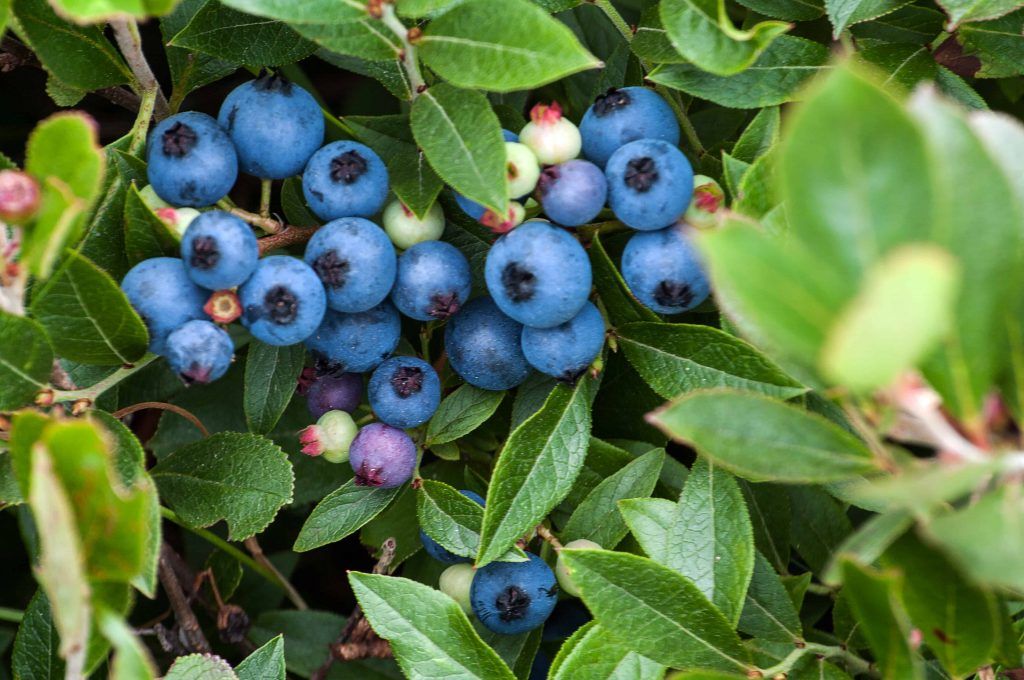
The Cargo Blueberry produces extremely round and uniform fruit. Maintains its firmness and flavor during refrigerated and frozen storage. It is a vigorous, high-yielding variety that makes good use of mechanical harvesting. High shoot that requires aggressive pruning.
Calypso blueberry
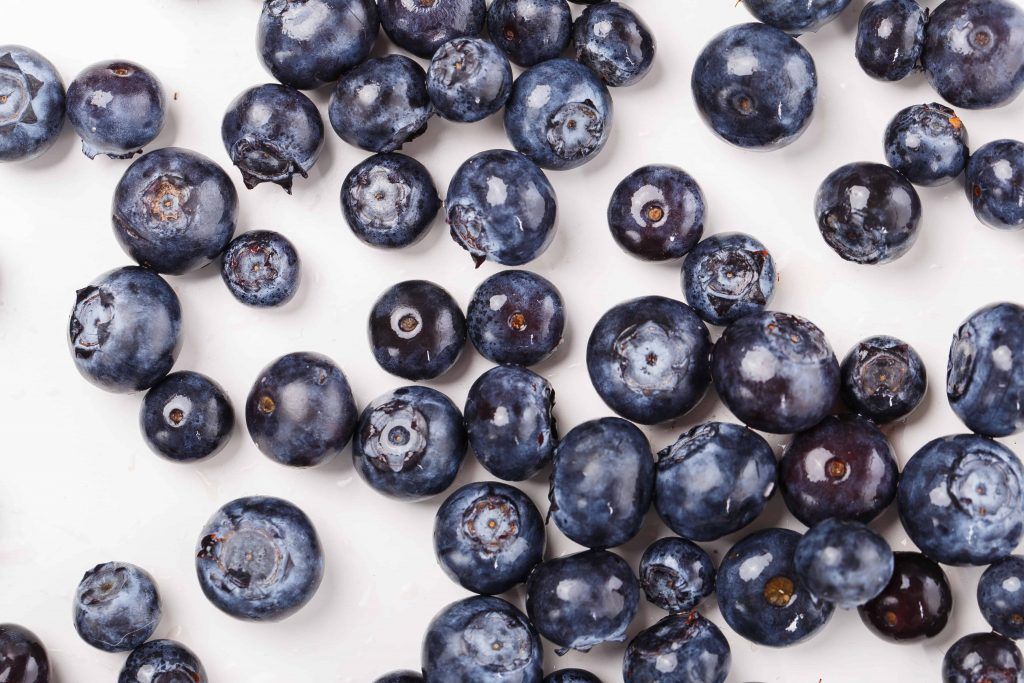
Large-fruited Michigan State University blueberry variety recommended in very cold growing areas for those desiring an end-of-season crop. It is resistant to cold. Easy to grow and high yielding.
Aurora variety
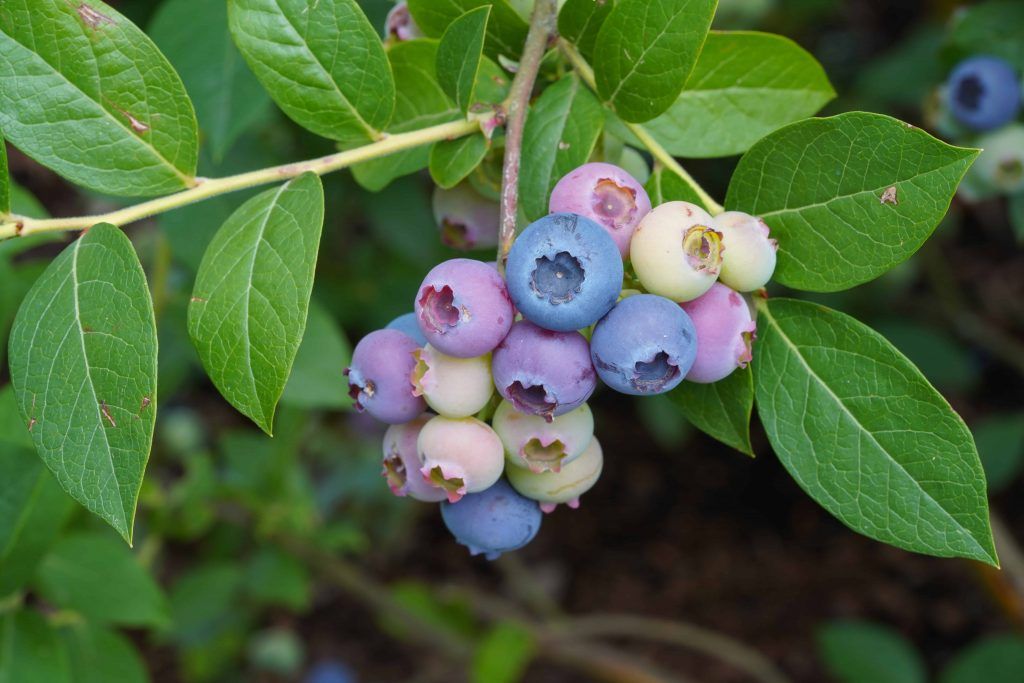
Aurora is a state-of-the-art variety with excellent flavor and large fruit size that is considered perfect for gardening because it provides a bounty until September for the gardener.
They are special to produce jams and confectionery dishes.
Duke variety
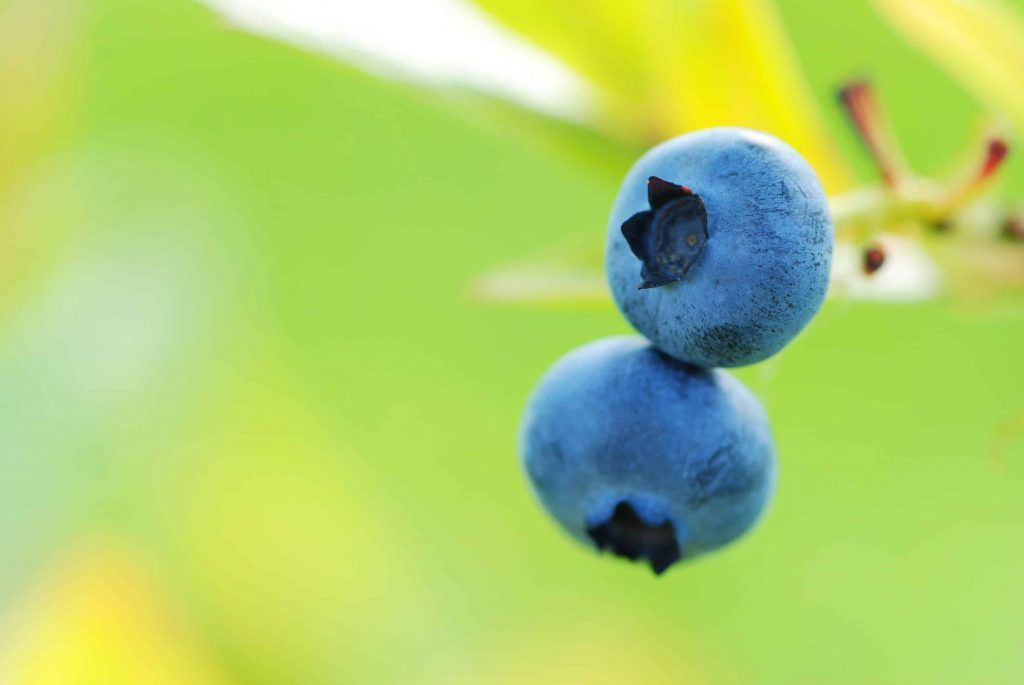
Early maturing variety. Duke needs a quality growing area to thrive as maintaining plant vigor can be a long-term challenge. If we give it that we will have as a reward a quality fruit of uniform size.
Cold storage improves its flavor. Good product for mechanical harvesting and sale of fresh and processed fruits.
Draper blueberry variety
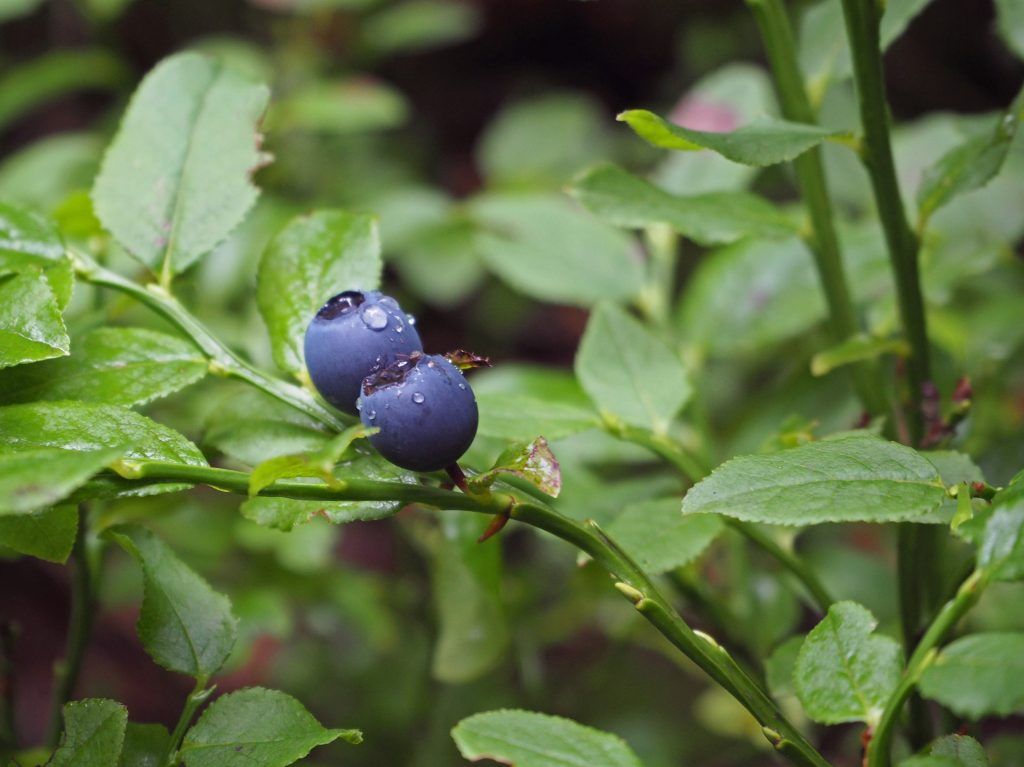
The plant is quite compact and produces fruits of superior quality, of a lighter blue color and with great firmness. Mature after she does the Duke.
Its blueberry is crunchy, sweeter and can be easily frozen if we want to prolong its life.
Blue Ribbon
It is a younger variety, of recent date, with light blue, sweet and firm fruit.
Elliot
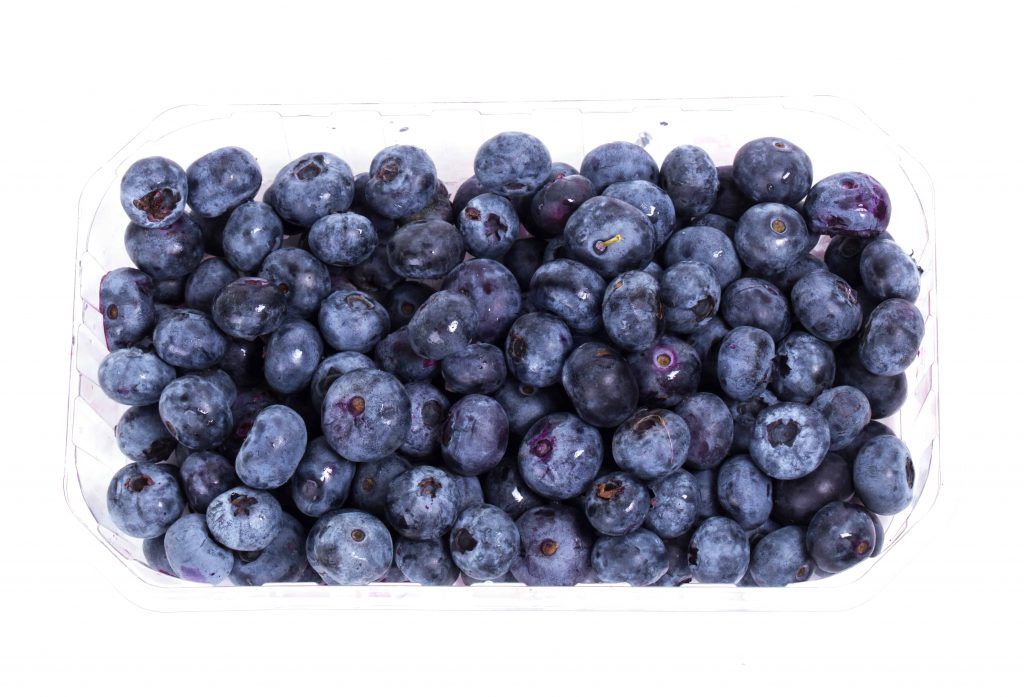
It is of medium fruit, sour if it is not ripe. Late season for the fresh market. Of moderate vigor. Elliot has a ripening period of three to five weeks, depending on the location.
Be careful with high temperatures because they damage the fruit, which wrinkles.
To maintain bush growth and fruit size, proper pruning is necessary.
Blue Gold variety
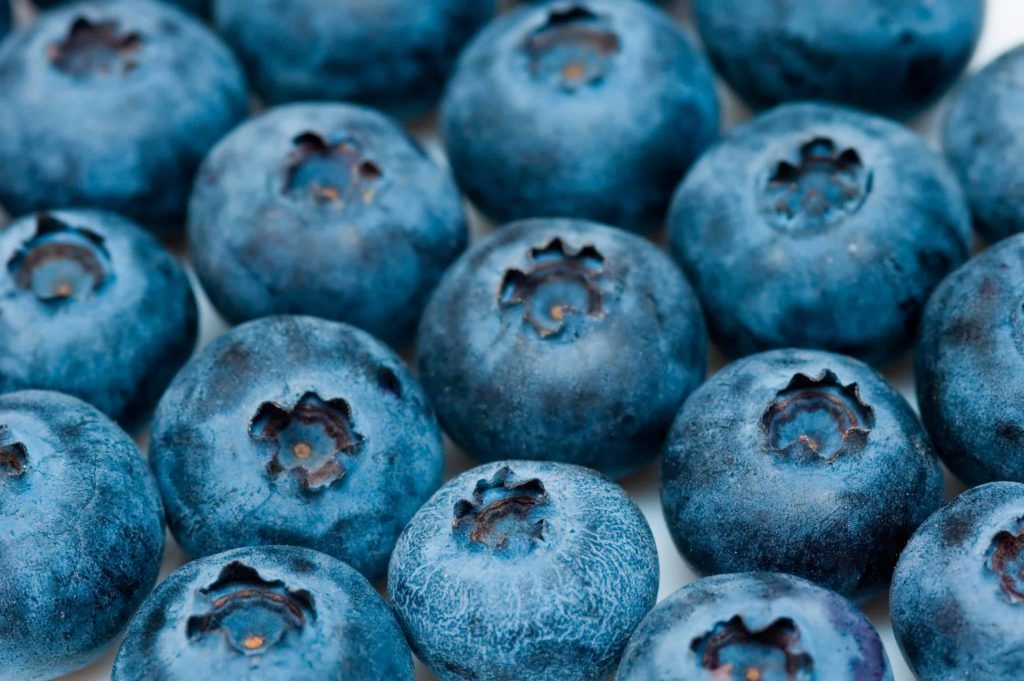
It produces fruits with a peculiar flavor, somewhat minty, whose size is medium to large.
It is harvested at the end of June, in the middle of the year.
Top Shelf variety
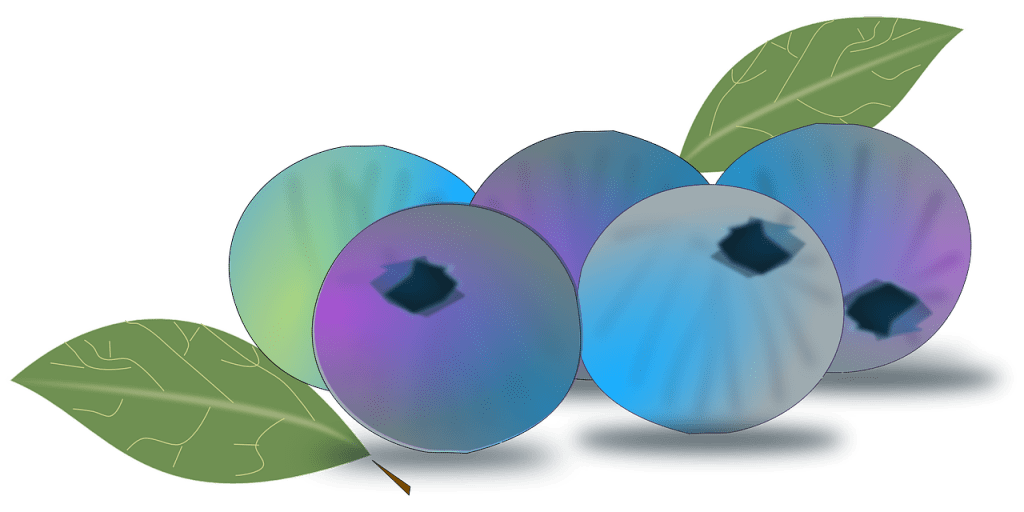
The plant needs constant cold and produces large blueberries, with a firm texture and spectacular flavor, in mid-season.
Blue Crop Blueberry
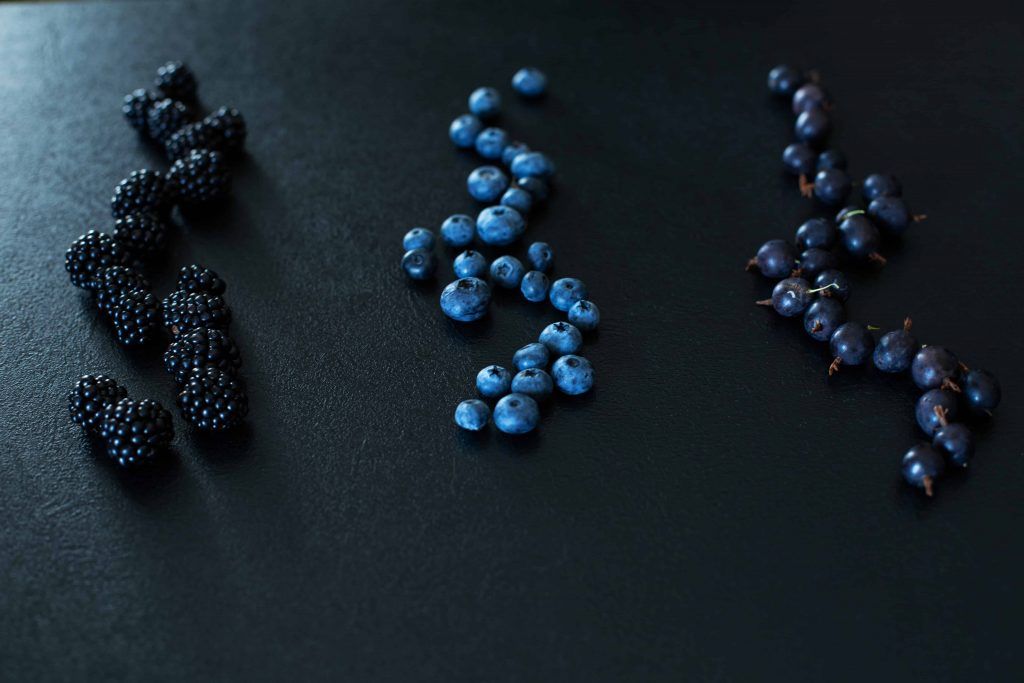
Very popular in Spain, it is a long-standing variety of blueberry, with a fruit with a special texture, hard to the touch, medium to large, and with an extraordinary slightly acidic flavour.
Its harvest is late but it allows its conservation in preserves and it is used for fresh.
Last Call Variety
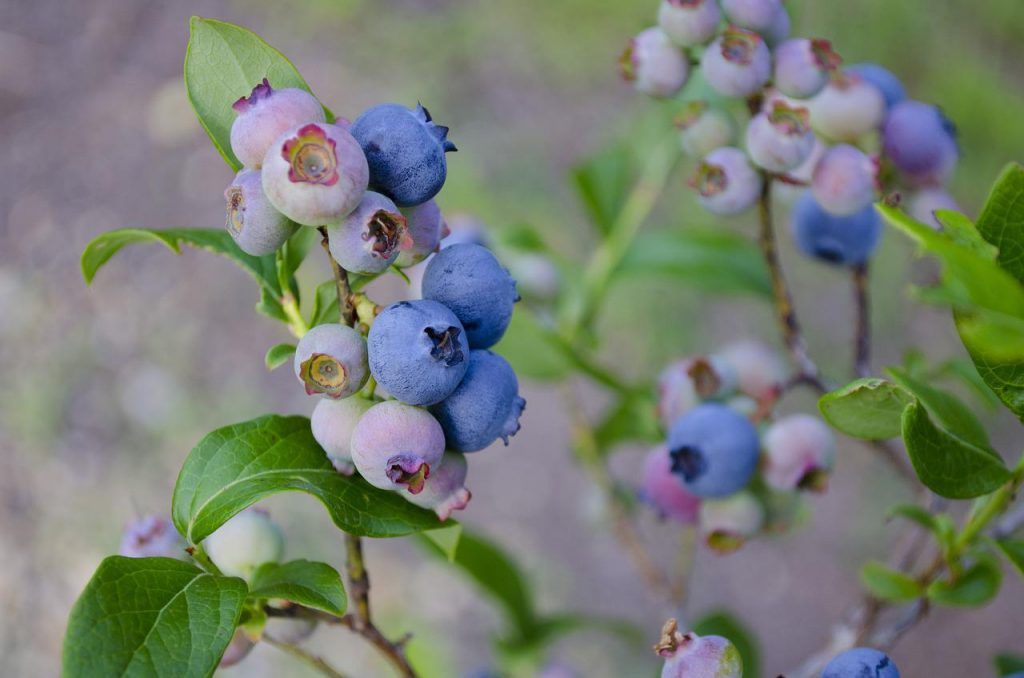
It is a variety of the latest, within the so-called tall bushes of the north, with little time to live, because it is a recent crop. Its fruit is very blue, large and rich.
Variety Valentina blue
It is a high-yielding variety with a balanced flavor. It is not recommended for deciduous production systems , and it is not competitive without cold. Good early season in low-chill evergreen production systems.
Blueberry New Hanover®
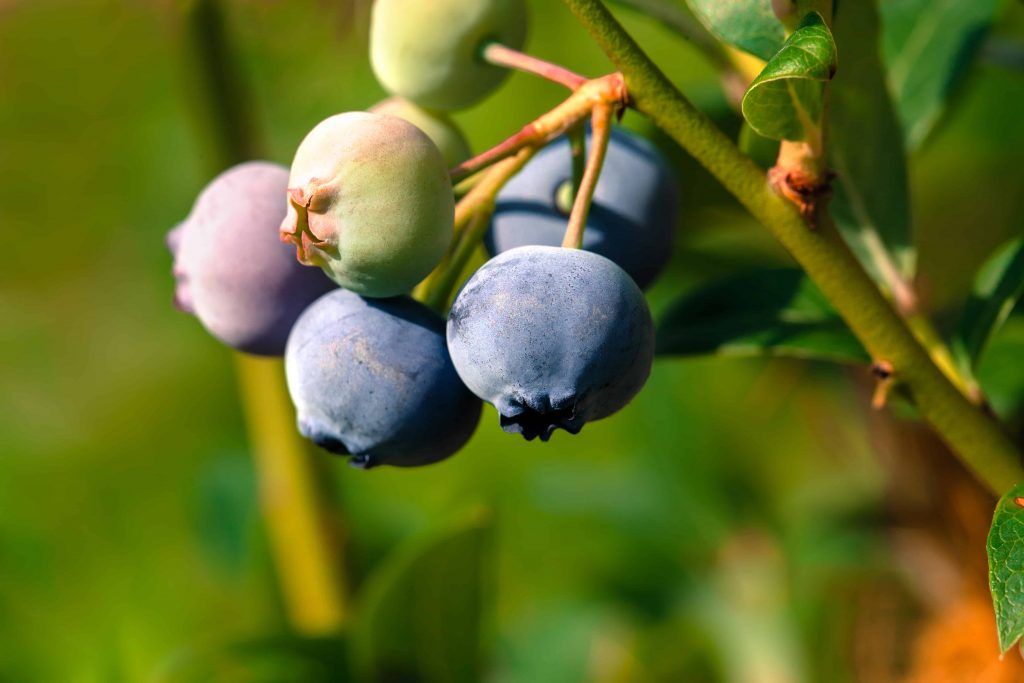
It has cold needs that range between 500 to 600 hours, with a medium maturation, excellent productivity, after a careful selection formulated for the University of North Carolina, in the United States, by Jim Ballinton.
The fruit is excellent, with good firmness, good size and high conservation capacity.
Alixblue TM variety
It is a variety specially created for the American Department of Agriculture, or USDA, by Arlen Draper.
The plant produces tasty, firm and excellent-sized blueberries, with lower chilling requirements, which are around 400 hours.
Gupton Blueberry
It is a variety that also emanates from the USDA, with great qualities: it has an upright bearing, high productivity, with less chilling requirements of less than 400 hours, very sweet and light blue fruits, with good firmness, ideal for transportation.
Cranberry Ozarkblue®
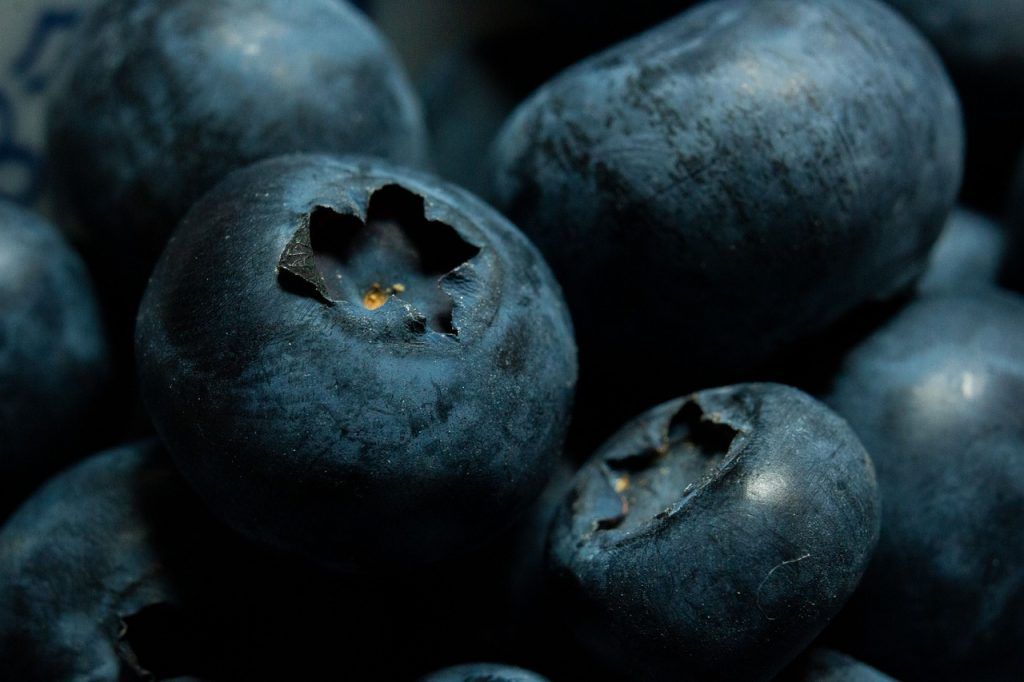
It is a hybrid variety, produced for the University of Arkansas, in the United States, by John Clark.
It adapts to different places, it is resistant to different latitudes, because it is a fairly vigorous, strong, rustic bush that produces large, beautiful light blue fruits with a divine taste, with great conservation capacity and good firmness.
In short, it is a very productive variety, although late, but it gives such a good flavor that it is not important to wait for its harvest.
Blueberry Star
It is one of the most cultivated in Huelva, although the bad thing is that they usually present some serious health problems, because they are susceptible to contracting fungal diseases, due to parasitic fungi.
But if they are kept healthy and well cared for, they produce rich fruit.
Hummingbird® blueberry
It is an early Southern Highbush variety that does not require much cold, just 200 hours.
It has the facility that the plant, upright, produces a lot of pollen and is self-pollinated, giving excellent quality and good size fruit.
Blueberry Characteristics
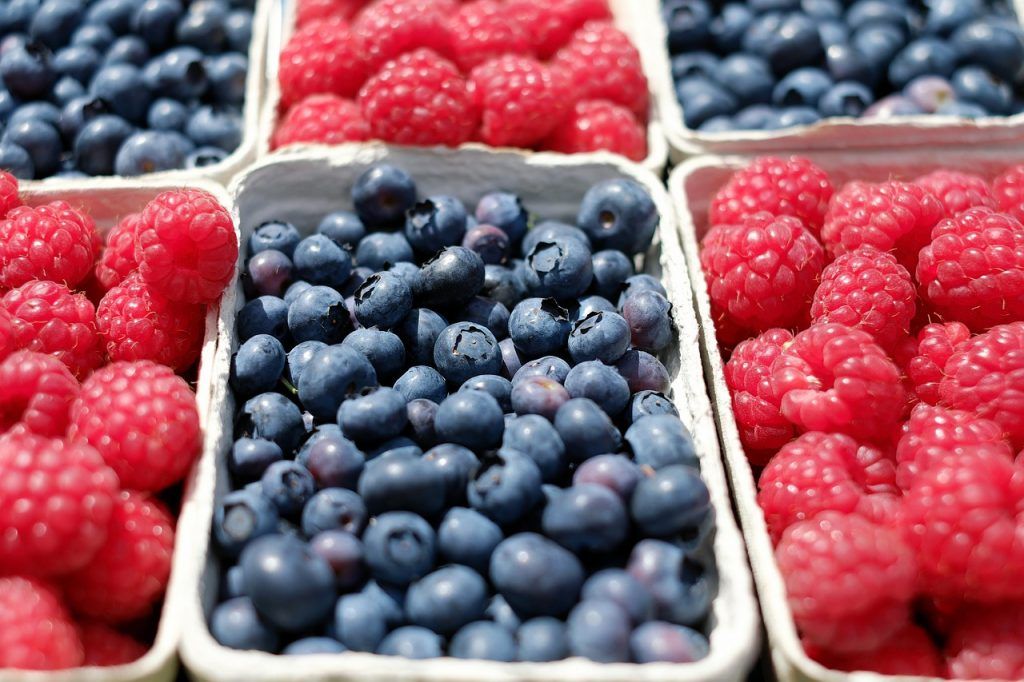
The blueberry is a small bush, which does not usually exceed a meter in height, with deciduous leaves and fruits that are also small and bluish in color, which depending on the variety can be acidic, or very acidic, given their high content of vitamins and antioxidants..
As a general rule, the common blueberry grows abundantly and preferably in the Scandinavian countries, where they form a great carpet in the Taiga by populating the spruce floors, so their collection is a gift from heaven.
It also covers the entire boreal part of Asia and occurs in practically all of Europe, especially on acid soils, in temperate forests, peat bogs, swampy areas and heaths.
Scotland, Ireland and Poland have extensive lands full of blueberries.
And in Iceland it is the dominant wild fruit, par excellence.

